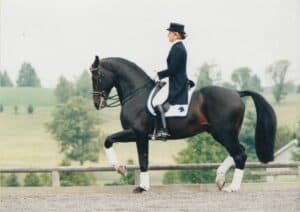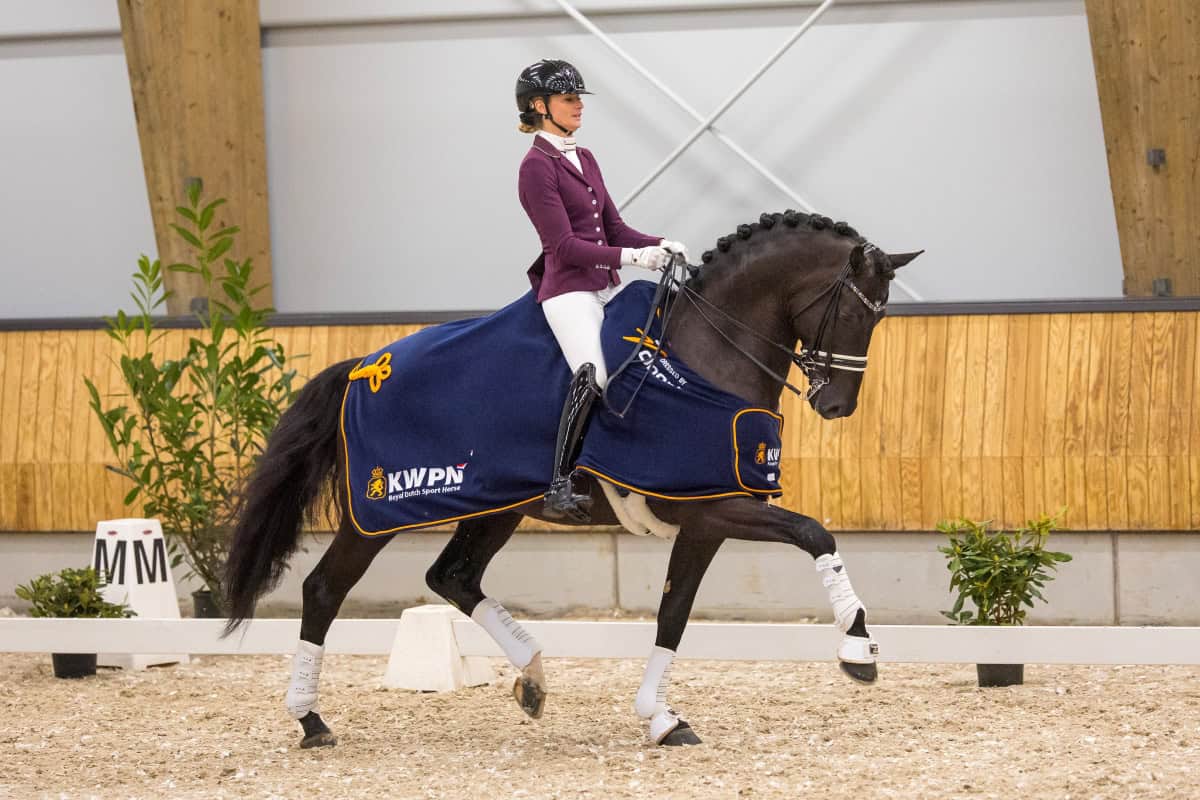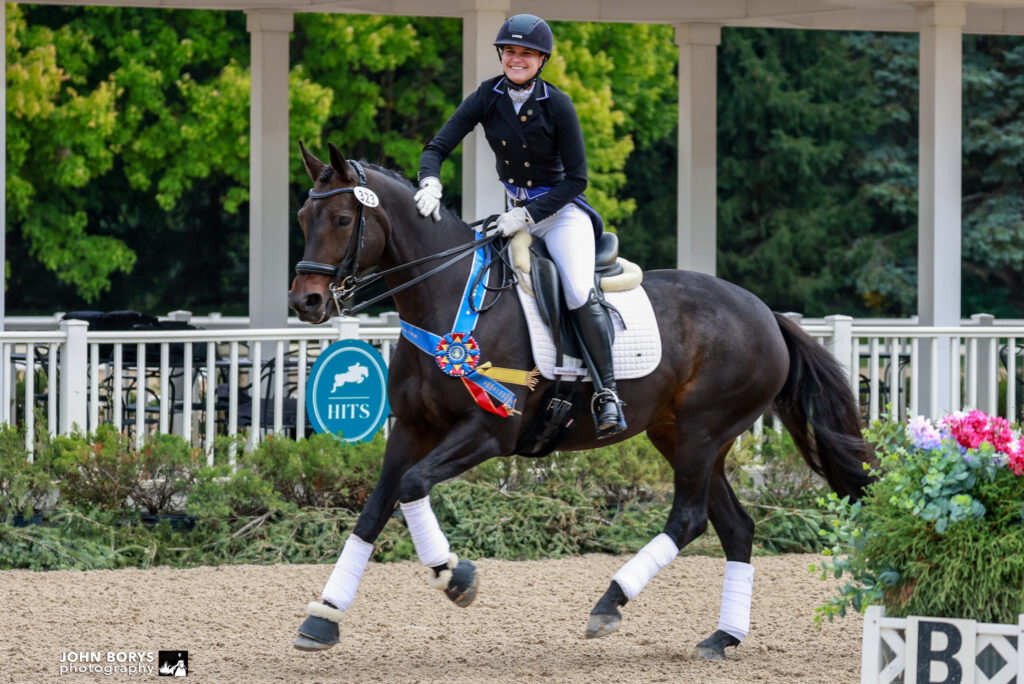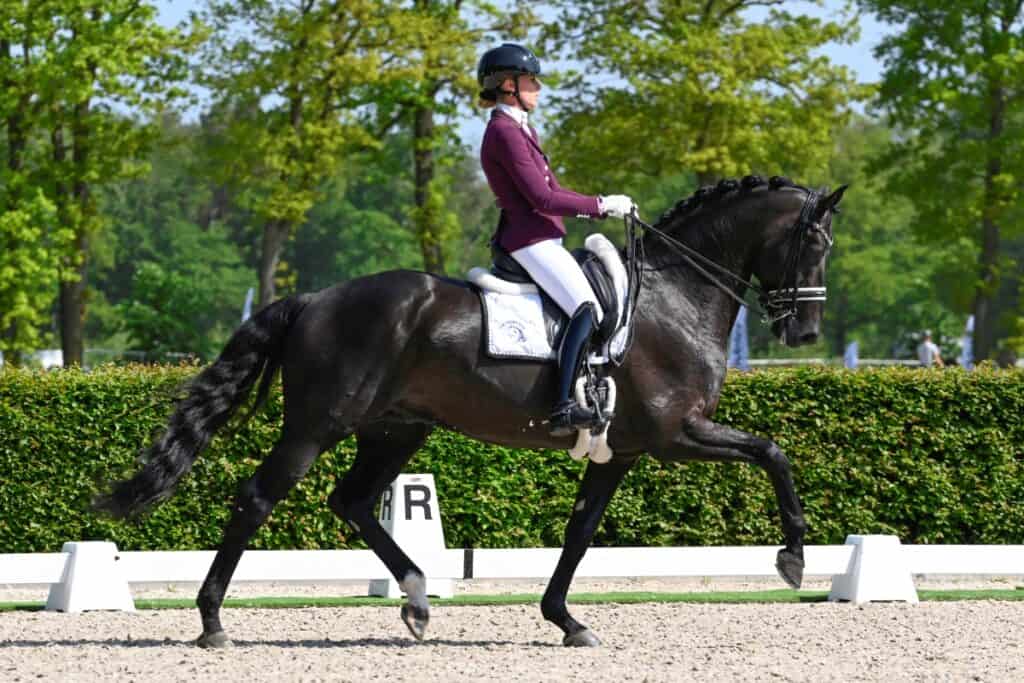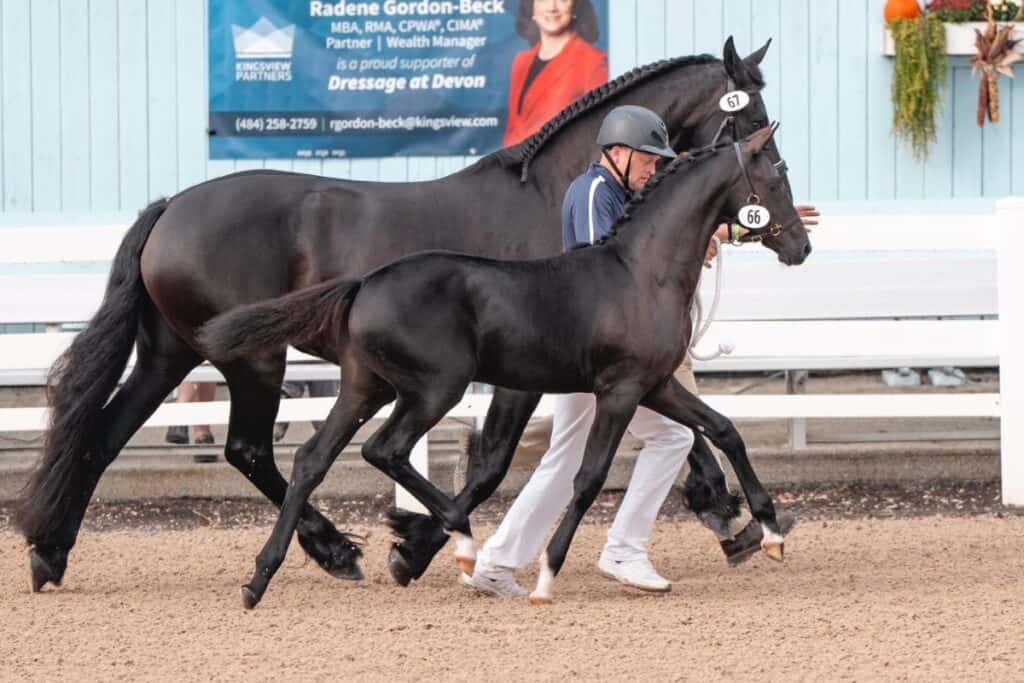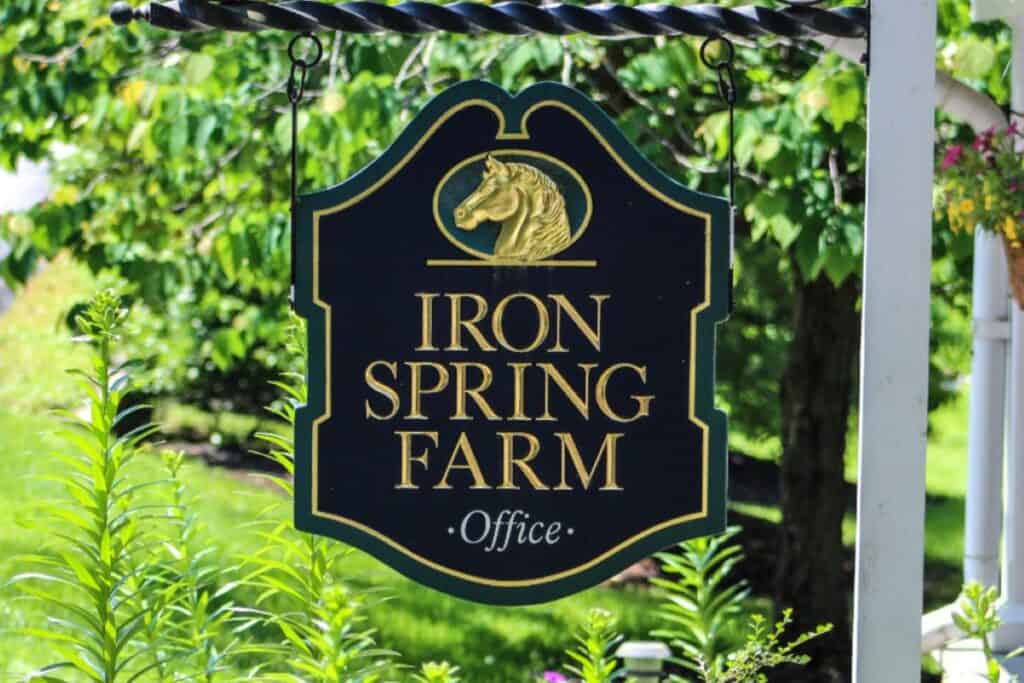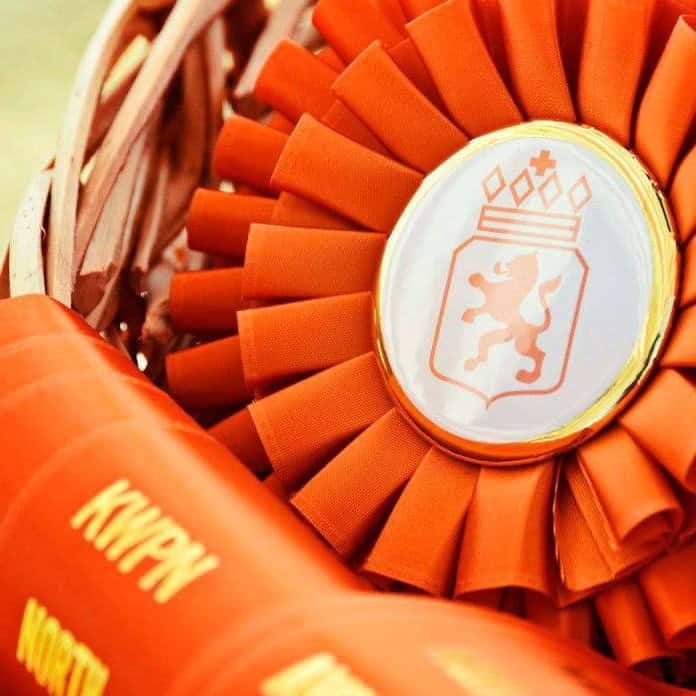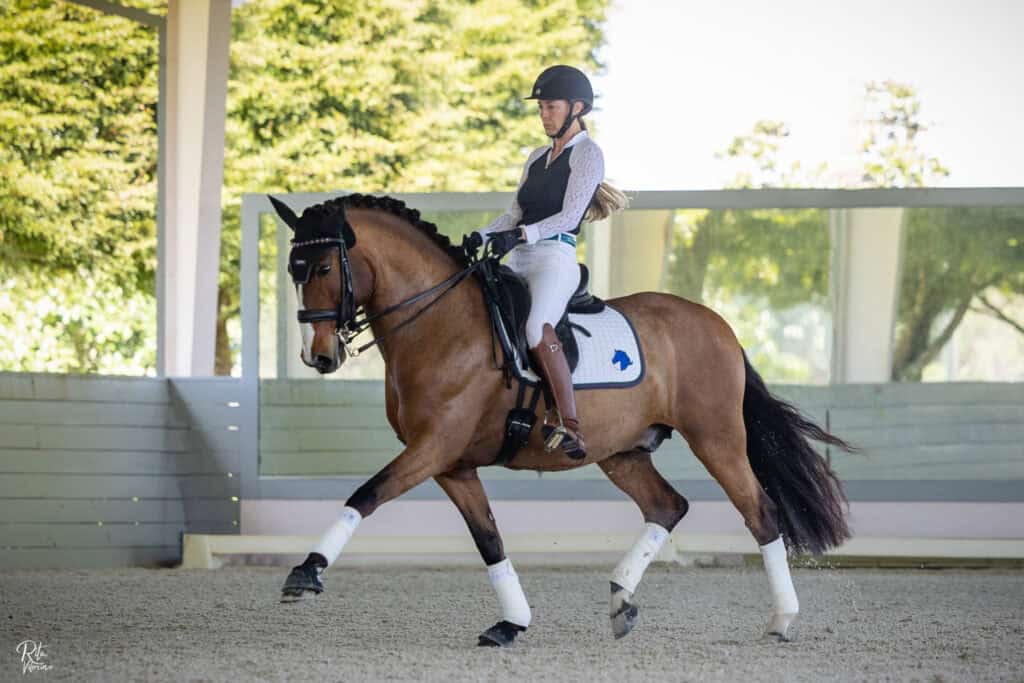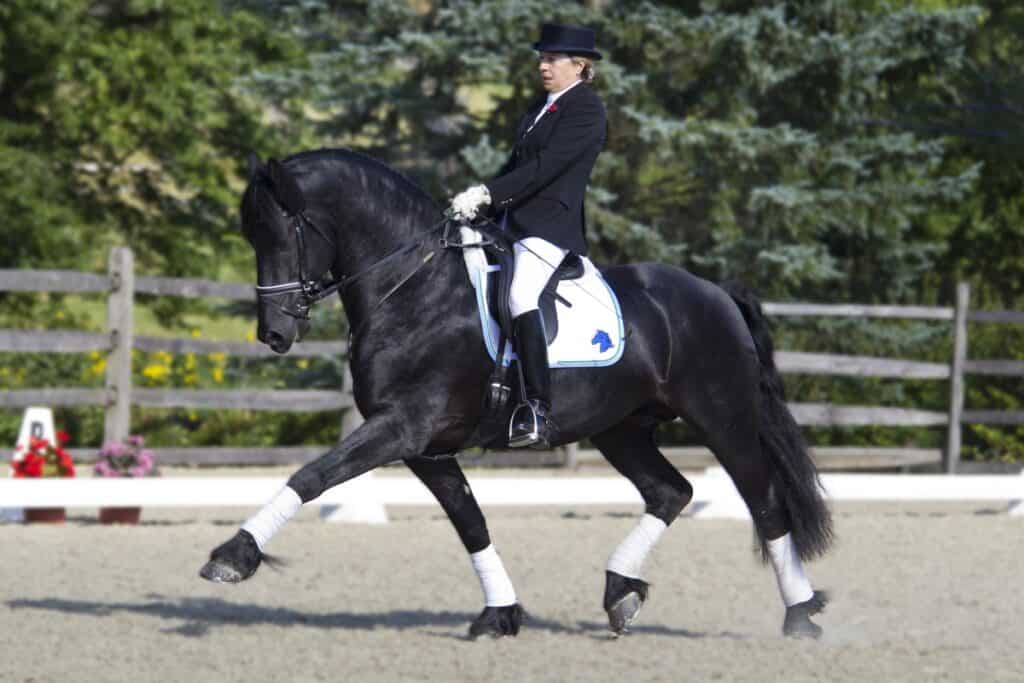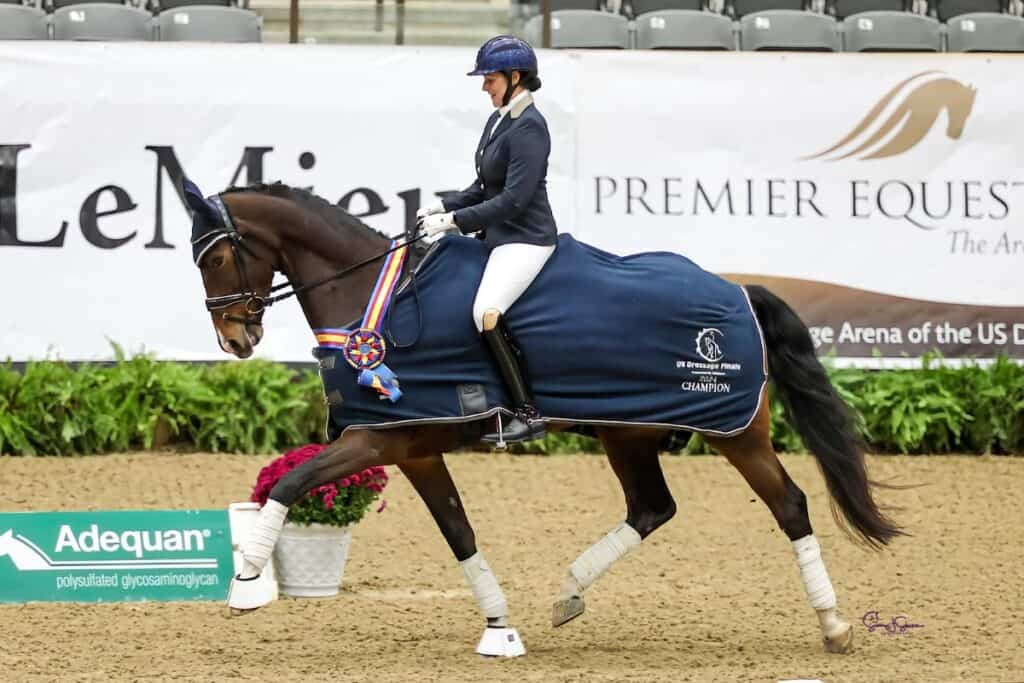Since 1976, Iron Spring Farm has sought the very best stallions for North American breeders. The goal is to produce sound, rideable horses with the talent and temperament for the show ring. When we are looking for stallion candidates, our priority is exceptional bloodlines and great character, coupled with quality gaits and correct conformation—horses that amateurs and professionals alike love to have in their barns. Once we identify a stallion who could be a good fit, we begin an extensive pre-purchase process.
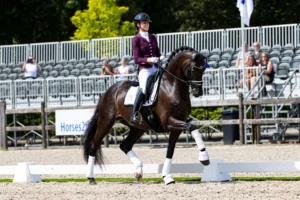
This process includes in-depth analysis of the stallion’s performance, movement, athletic ability, disposition, genetics, physiology, laboratory results, radiographs, and other diagnostics. Here’s how we decide whether a stallion makes the cut.
The Initial Steps Toward Selection
The evaluation begins with either an in-person visit or a comprehensive review of videos. A lot can be learned by observing a stallion in his stall, during grooming and tacking up, walking to and from the arena, warming up, schooling sessions, hacking, and showing.
Even if the process starts with a video, it’s essential that someone from our team rides the stallion in person. Our rider completes the entire warm-up and works the stallion both in and out of the ring. This hands-on evaluation helps us ensure the stallion is a true fit for our program. Horses can appear one way on video, but feel completely different under saddle.
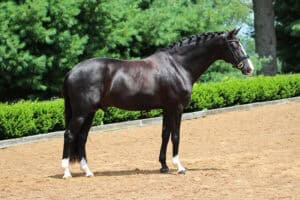
“We like to see the stallion’s general demeanor and what his personality is like,” explains Meghan deGaray, breeding manager at Iron Spring Farm. “Seeing a stallion in a variety of scenarios and how he reacts to what’s going on around him helps us assess his overall attitude and character.”
This portion of the review also includes an evaluation of the stallion’s breeding record, including the number of offspring and the success of those offspring. These youngsters are indicators of a stallion’s ability to produce good disposition, willingness to work, and natural presence in the show ring. For stallions without progeny under saddle, we review inspection results, foal videos, and auction outcomes.
If no riding-age offspring are available, we turn to the competition records of horses from the same dam and damline, or by the same sire. Throughout this process, we are evaluating whether the pedigree consistently produces top-level sport horses with amateur-friendly temperaments—or if the horses tend to require a professional rider.
If everything checks out, we move on to the basic veterinary exam:
- General physical exam (eyes, heart, lungs, external genitalia, skin, legs, etc.).
- Dynamic exam on a straight line, both hard and soft surfaces, and circles.
- Upper hind limb flexions, with fetlock and stifles performed separately.
- Upper body mobility evaluation: cervical, thoracic, pelvis.
- Neurological exam: tight circles, tail pull, up and down hills with head raised and in neutral position.
- Ridden under saddle.
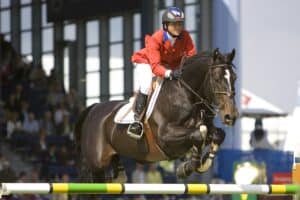
Radiographs
If the physical exam is a success, we move on to radiographs. We are looking for bone health, evidence of arthritis or bone remodeling, cysts, and other abnormalities. We don’t buy stallions with Osteochondritis Dissecans (OCD), Kissing Spine, or Equine Complex Vertebral Malformation (ECVM).
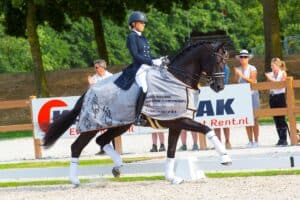
Our veterinarian, along with a radiologist, evaluates the radiographs. Even subtle abnormalities in these radiographic views can hint at future soundness concerns and a potential genetic predisposition to problems. While no horse is radiographically perfect, veterinarians look for patterns that may indicate long-term risk.
We do all the standard prepurchase radiographs, plus cervical and thoracic films.
Ultrasound
Ultrasound is a valuable tool in a pre-purchase exam because it allows veterinarians to assess soft tissue structures that can’t be seen on radiographs. It provides detailed imaging of tendons, ligaments, and joint capsules—helping to identify subtle injuries, inflammation, or chronic changes. By scanning areas like the suspensory ligaments, stifles, and cervical facets, we can uncover potential issues that may not be causing visible lameness or health issues.
- All four suspensory ligaments and branches.
- Stifles.
- Cervical facets, including poll.
Upper Airway Endoscopy
An upper airway endoscopy evaluates the horse’s respiratory tract—especially the larynx, pharynx, and trachea—for abnormalities that could impact breathing during performance. Conditions like laryngeal hemiplegia (roaring), dorsal displacement of the soft palate, or other dynamic obstructions can limit airflow and reduce athletic potential.
- Video airway (not sedated, if possible)
Additional requirements
- Blood tests for drug screen, CBC, fibrinogen, and chemistry screen (profile) CEM test
- Equine Viral Arteritis (EVA)
- Blood test (Coggins test) for Equine Infectious Anemia (EIA), piroplasmosis, dourine, and glanders
- Genetic testing for Fragile Foal Syndrome and other genetic disorders. It’s important that we fully understand a stallion’s genetics so we can share that information with our breeders.
If all the test results are acceptable, we will conduct a complete breeding exam and evaluation of semen quality.
Unfortunately, this extensive evaluation process eliminates the vast majority of stallion candidates. For every stallion who joins the ISF family, we’ve likely looked at hundreds of others and conducted serious evaluations on a handful or more.
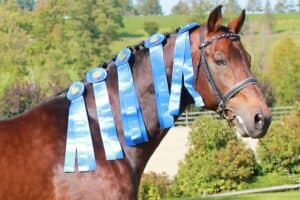
While no evaluation can guarantee a stallion will become a great sire, we do everything in our power to ensure we are bringing the best of the best to North American breeders. With offspring competing in the Olympics, Paralympics, World Championships, the FEI World Cup Final (dressage and jumping), four-star three-day events, CHIO Aachen, Spruce Meadows, the U.S. Festival of Champions, and hundreds of other top shows, ISF stallions have set the standard for nearly 50 years.
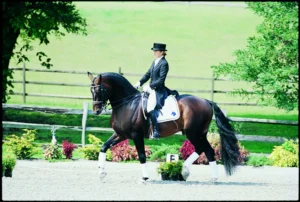
“It’s important to us that we learn as much as possible about our stallions,” said Mary Alice Malone, founder and owner of Iron Spring Farm. “Breeders work very hard to develop their breeding programs, so we want to provide them with all the information they need to make good choices.”
Contact us to discuss your breeding goals and find the ideal match for your mare. Our experienced team will help you choose the right stallion and make the breeding process as smooth as possible.
